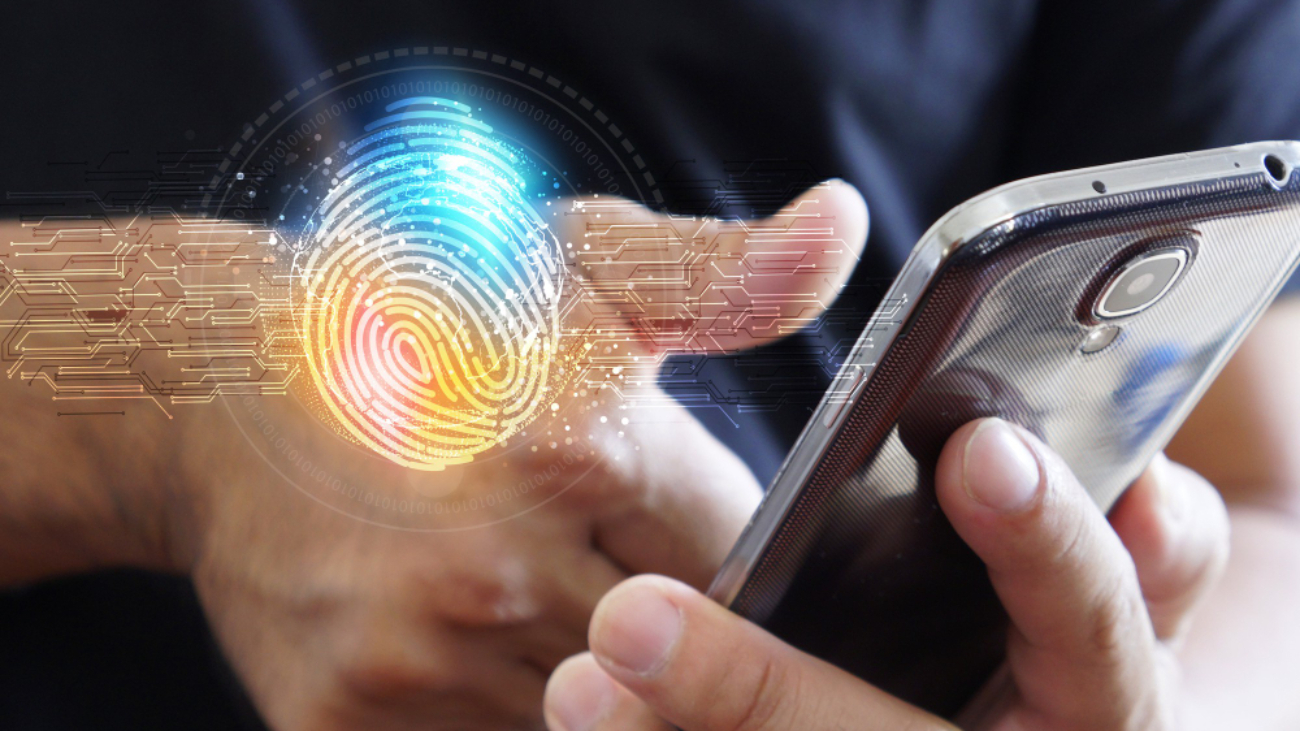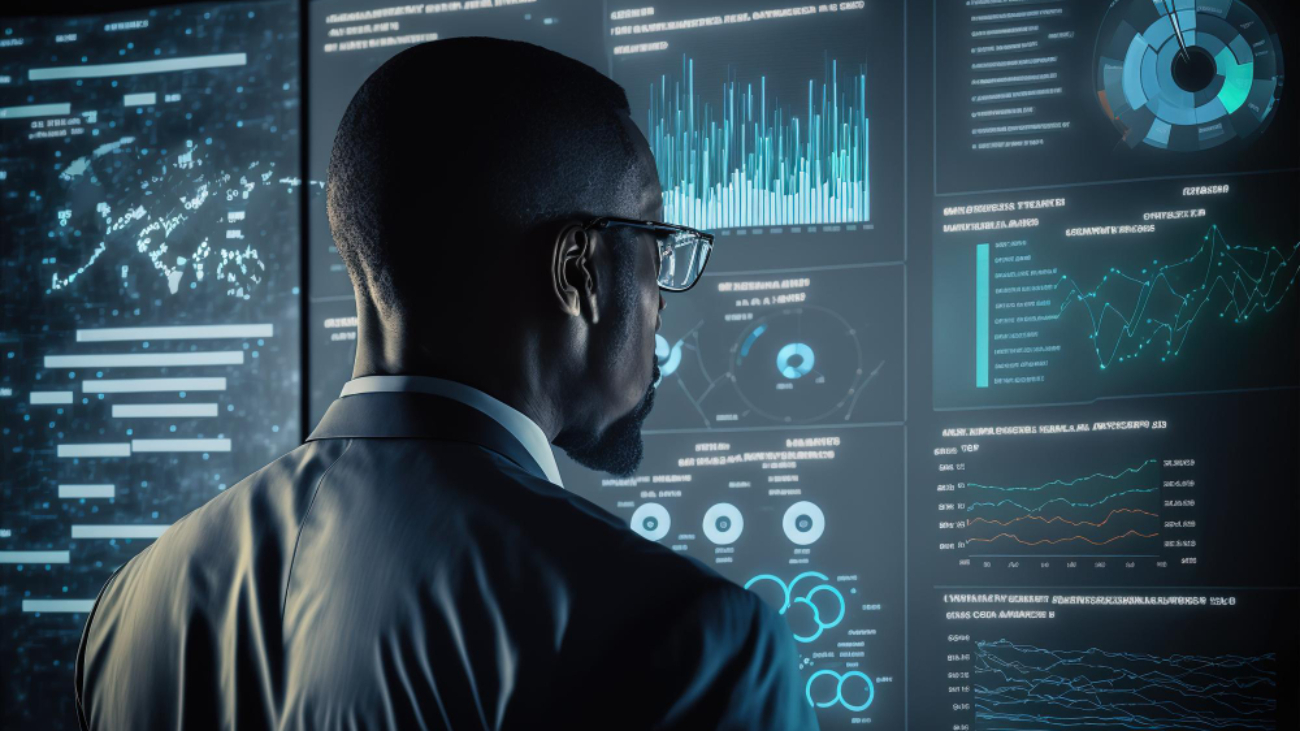Biometrics is engineering a new step in authentication and identification technologies around the world stated Bahaa Abdul Hadi. Remembering your password and codes is no longer essential as biometric devices scan your face, iris, fingerprints or voice. Then they let you easily enter your a building, unlock phones or register immigration data. The latest development in the field of biometrics is that of neural biometrics or brain biometrics. This is attempting to read brainwaves as primary information needed to identify individuals.
How does neural biometrics work?
The human brain is made of up billions of neurons generating electrical impulses every single day. Each brainwave generated is entirely unique at the time to every individual. If we can harness this physiological data to be detected by biometric devices, we can change the game in biometrics. By devising neural biometric devices, we can come up with a form of biometric recognition that is more unerring and resistant to malpractice than the other types.
BCI devices
The technologies that will fuel neural biometrics stems from BCI devices or Brain-Computer Interfaces Devices that will soon be used largely in neuro medical fields. BCI devices play an instrumental role in establishing a connection between external devices and internal brain activity. By observing and recording brainwaves, these devices will eventually pave the way for neural biometrics to become a widespread reality. There are different types of BCI devices like invasive and partly invasive but what will be used in neural biometrics is one that doesn’t require physical intrusion into the brain. The gaming industry is also hoping to use these devices.
Benefits of Neural Biometrics
Analysing cognitive activity to create a special and advanced biometric technology comes with an array of advantages over the conventional methods of biometrics.
– Resistant to misuse
Unlike fingerprints that can easily be prone to theft and misuse by criminals, brainwave data is almost impossible to replicate or misemploy. Neural biometrics has an edge over all other types of biometrics for this reason.
– Bypasses external observations
Brainwaves cannot be physically observed the way your iris or face can be registered. The mechanisms that will register brainwaves are vastly different from existing biometric tech. This makes it more foolproof.
– Easily regenerated
Brainwaves have a live characteristic to them so they can easily be voided in case of malpractice and a new one generated very quickly. Similar to one-time passwords, brainwave data can also be recorded in a way that preserves its uniqueness.
Thank you for your interest in Bahaa Abdul Hadi blogs. For more information, please visit www.bahaaabdulhadi.com







